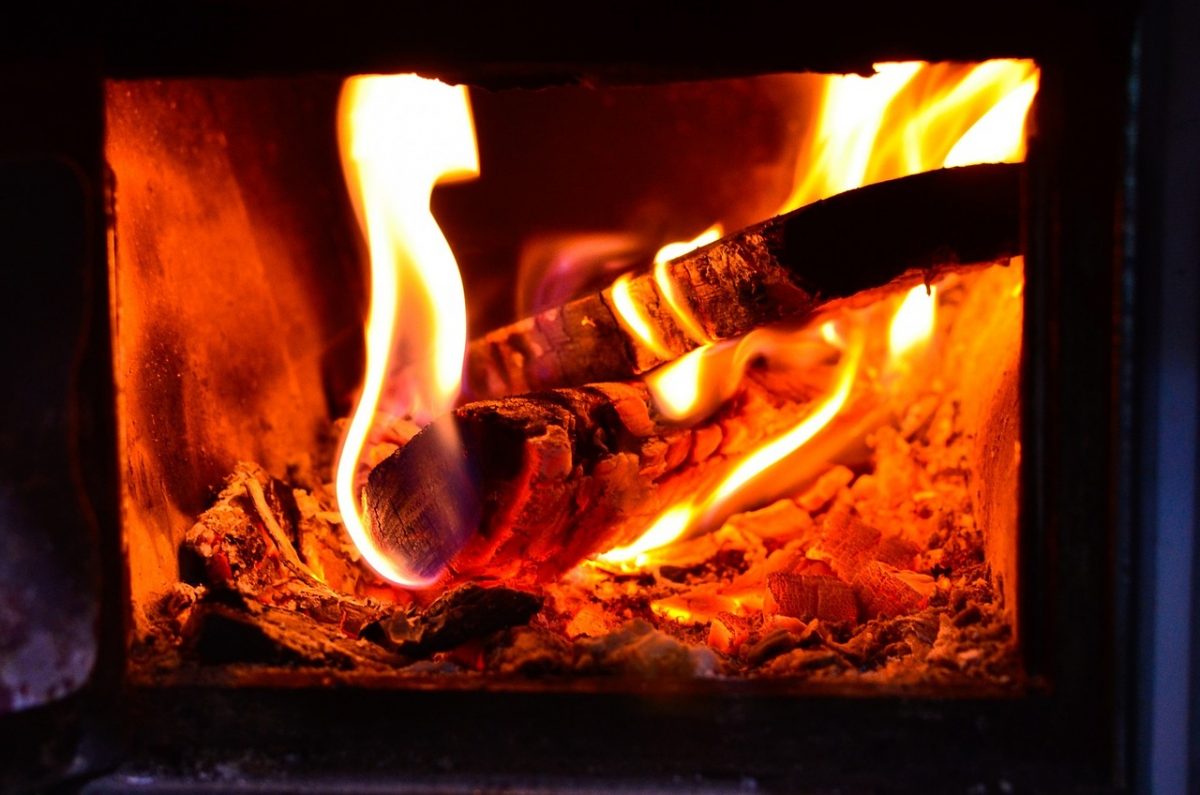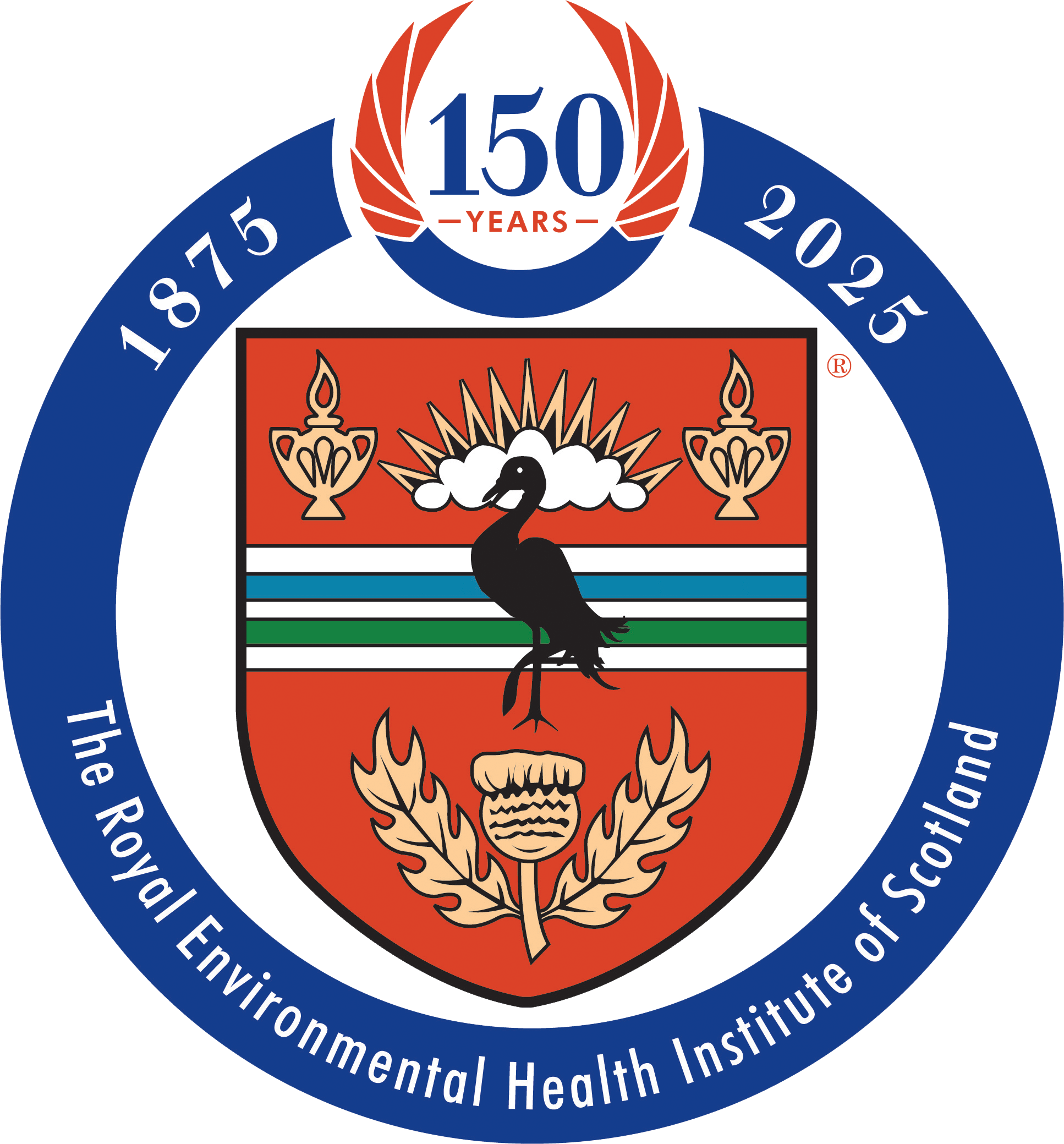A 64-year-old-man and a 57-year-old woman have been fined a total of £10,000 for health and safety failings which led to a 23-year-old man’s death by drowning.
Clifford Davies and Janet Lightbown, who are the joint owners of Loch Awe Boats, were each ordered to pay £5,000 after they pled guilty to a health and safety breach at Oban Sheriff Court on 10 January 2023
The court heard that on 29 June 2019, Kyle Cairney, from Prestonpans, made an email enquiry to Loch Awe Boats about a two-day booking in mid-August. On 1 July 2019, a booking was confirmed for three persons in his name for 17 and18 August.
On Friday 16 August 2019, Davies emailed Kyle Cairney to cancel his booking for that weekend, stating that their “hire licence prohibits boat hire in winds in excess of 18 mph and tomorrow is set to be pretty wild”.
A Facebook post from Loch Awe Boats stated:
“Once again, we are having to cancel boat hire tomorrow (Saturday 17th) due to the forecast for very high winds on Loch Awe……. The upper wind speed for boat hire to comply with our hire licence is 18 mph. Sorry to disappoint, but safety is our priority.”
Despite these communications, Mr Cairney, his brother Nathan and their friend Kieran Cowan, decided to travel to Ardbrecknish on the morning of Saturday 17 August.
An agreement was reached with both Davies and Lightbown to hire a boat on the condition that they would go directly to their campsite some forty minutes away while conditions remained calm and that they would not go back out on the water until the following morning when the weather was forecast to improve.
The hire was secured despite the communications of the previous day.
The three men set out from the boatyard and travelled to the island of Inishail where they set up camp. At about 10.30am, all three went out on the loch again, this time to the south of the Black Isles, where they fished for about an hour and a half. At around midday, they returned to their campsite.
Around 1.00pm, the three of them again went out on the boat. Only Nathan Cairney was wearing a life jacket.
They headed to the top end of the loch towards Kilchurn Castle. This would have been relatively sheltered from the winds.
During the journey back from Kilchurn to Inishail, the men had to cross the broadest part of the loch which would expose them to the worst of any weather that they would encounter. As they progressed, the weather continued to worsen, and the water became very choppy.
As they passed Fraoch Eilean which is in the centre of the largest open area of water in the entire loch, both Cairney brothers described waves coming over the bow of the boat and filling it. The water was coming in faster than they could bail it out, and it was gathering at the rear of the boat. The additional weight raising the bow and exposing more of the hull at the forward end to the oncoming waves.
When the engine was cut so they could all bail, the boat turned and was facing towards Fraoch Eilean. Seconds after the engine was cut, the boat capsized.
Nathan Cairney recollects, “It had been sinking before we cut the engine, so it didn’t take much for it to flip. When it’s flipped, I was at the front, Kieran was in the middle and Kyle was at the engine. When it’s flipped, I sort of fell off the boat into the water, I initially went under, but my life jacket has pulled me back up instantly. I saw Kieran and Kyle near to me and the three of us went over to the boat which was upside down. When we all held onto it the boat started to sink. None of us said anything, we all just started swimming to the nearest island, the water was extremely choppy, and it was still dull. As I was swimming towards the island Kieran was on my left-hand side and Kyle was to my right.”
Kyle Cairney described a ten-minute swim to reach land, stating, “I kept going under the water. It was impossible to stay above it, fighting through it.” He describes falling over with exhaustion upon reaching the shore of Fraoch Eilean. Nathan Cairney describes Kieran struggling in the water and trying to reach him. When Nathan reached the shore, he was distressed, repeatedly stating that Kieran was under the water. Neither brother could see any trace of their friend.
Kyle called the emergency services. This started a major rescue operation, with Police, Fire Service and Coastguard responding. Davies was contacted by HM Coastguard, which had deployed a rescue helicopter to the area. Davies went onto the loch in a fast boat and made for the area of Fraoch Eilean, where he located the Cairney brothers and took them to Innis Chonain where they were taken into the care of the emergency services.
Davies then returned to Fraoch Eilean to search for Keiran Cowan. He later located the upturned Boat which, with the assistance of Fire and Rescue personnel, was righted and towed to Innis Chonain where it was handed over to the police.
On Tuesday 20 August, officers from Police Scotland’s Marine Unit found Kieran’s body approximately 46 metres from the shore of Fraoch Eilean. The cause of death was determined to be ‘immersion in water’.
Kieran was the middle child in a family of three, with an older brother and a younger sister. He lived at home with his parents and was a self-employed joiner/carpenter.
Debbie Carroll, who leads on health and safety investigations for the Crown Office and Procurator Fiscal Service (COPFS) said:
“Clifford Davies and Janet Lightbown, in the operation of their business, Loch Awe Boats, fell far short of the requirements of the Hire Boat Code on 17 August 2019.
“This incident would not have occurred had they not hired out the boat that day, as was their original intention because of the forecast adverse weather.
“Their decision set in motion a chain of events that resulted in the death of a young man.
“Those who hire boats to the public must be aware of their duties and responsibilities, especially when hiring to persons who may be inexperienced when taking to the water.”
The investigation by Argyll and Bute Council found that Davies and Lightbown had exposed their customers to risk by hiring out a boat which failed to comply with the stability and safety requirements of the Hire Boat Code.
A marine expert found that there were a number of defects with the boat. The stem was significantly damaged with several holes in the stem and the stem foot, where fastenings were missing. Daylight could be seen through one clear hole, which would have been above the waterline in calm conditions. Obsolete fastenings in the stem were loosely fitting and would allow water ingress. Some damage had been repaired with various types of filler, but epoxy resin-based marine filler was not used. Those holes which were above the waterline would have been submerged when the boat was underway in stormy conditions or when the boat was carrying a heavy load.
The expert’s opinion was that in the stormy conditions on 17 August 2019 the holes in the stem and the small freeboard (the distance between the top of the gunwale and the surface of the water) are likely to have allowed more water to be shipped.
The investigation also found that they hired out the boat in weather conditions which went beyond the limitations set out in their own risk assessment as there was a high risk of drowning.











